Traffic management is a major challenge for many cities around the world. With increasing population, urbanization, and vehicles on the road, traffic congestion has become a major issue in most cities. Congestion not only causes frustration and inconvenience to commuters but also has serious economic and environmental consequences. Fortunately, the Internet of Things (IoT) offers a promising solution to this problem.
IoT is a network of interconnected devices that can collect and share data over the internet. In traffic management, IoT can be used to gather real-time data from various sources such as traffic sensors, cameras, and smartphones, and use this data to optimize traffic flow, reduce congestion, and enhance public safety.
Here are some of how IoT can be used in traffic management:
Real-time traffic monitoring: IoT sensors and cameras can be installed at various locations across the city to collect real-time data on traffic flow, vehicle speed, and congestion. This data can then be analyzed to identify patterns and trends and to make informed decisions about traffic management strategies.
Predictive maintenance: IoT sensors can be installed in vehicles, roadways, and infrastructure to monitor their performance and detect potential faults before they occur. This can help reduce the frequency of breakdowns and maintenance issues, which can cause congestion and delays.
Smart traffic lights: IoT can be used to optimize traffic light timings based on real-time traffic conditions. This can help reduce waiting times at intersections, improve traffic flow, and reduce congestion.
Smart parking: IoT sensors can be used to monitor available parking spaces in real-time, and direct drivers to empty spots. This can help reduce the time and frustration associated with finding parking and reduce traffic congestion in busy areas.
Public transport optimization: IoT can be used to monitor public transport vehicles in real-time, and optimize their routes and schedules based on passenger demand and traffic conditions. This can help reduce waiting times and overcrowding on public transport, and encourage more people to use it.
Companies working in the domain are:
- Ridlr: Ridlr is a Bengaluru-based startup that provides real-time information on public transportation, including buses and trains. The platform uses IoT sensors and machine learning to optimize routes and schedules based on passenger demand and traffic conditions.
- TagBox: TagBox is a Bengaluru-based startup that provides IoT-based solutions for asset tracking and management. The company’s platform provides real-time data to help optimize supply chain logistics and reduce transportation-related costs.
- Vehant Technologies: Vehant Technologies is a Noida-based company that provides IoT-based solutions for traffic management.
IoT offers a promising solution to the challenge of traffic management in cities. By collecting and analyzing real-time data from various sources, IoT can help optimize traffic flow, reduce congestion, and enhance public safety.
As cities continue to grow and face increasing traffic challenges, IoT is likely to play an increasingly important role in traffic management.



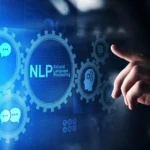
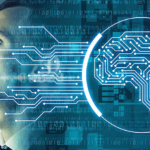



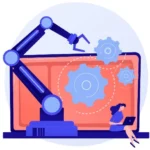

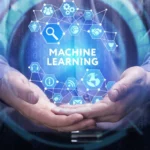
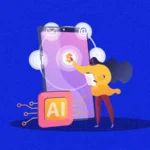
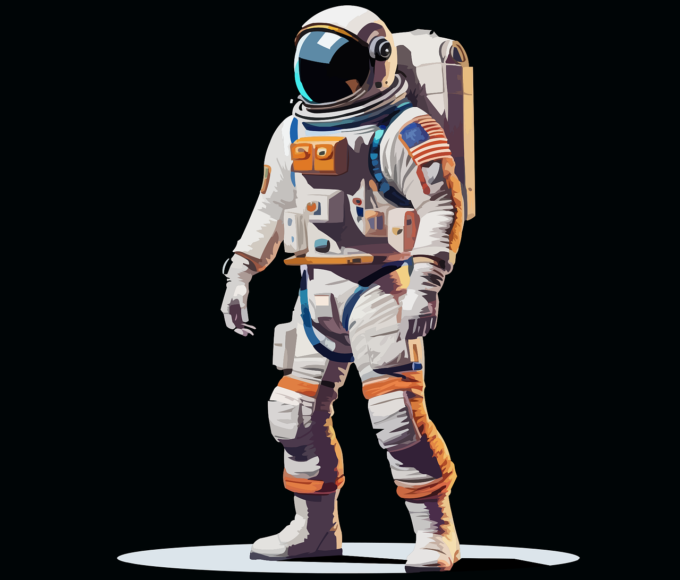


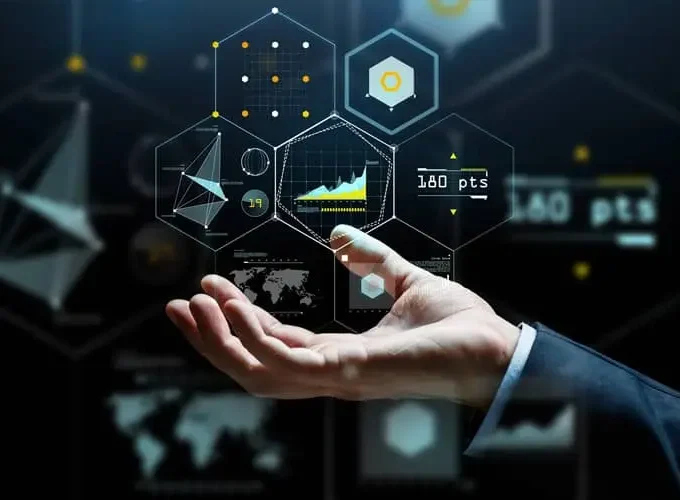
2 Comments